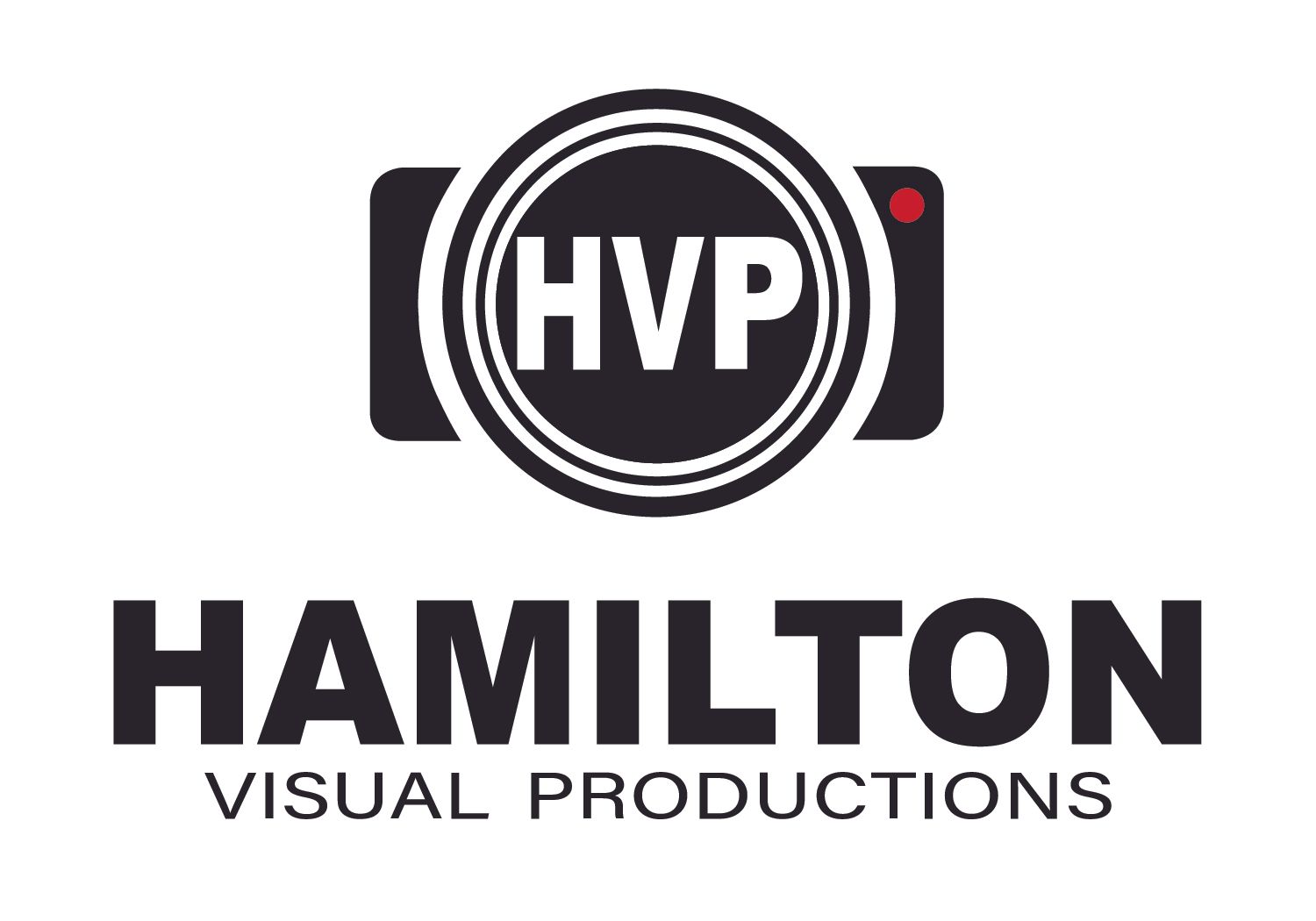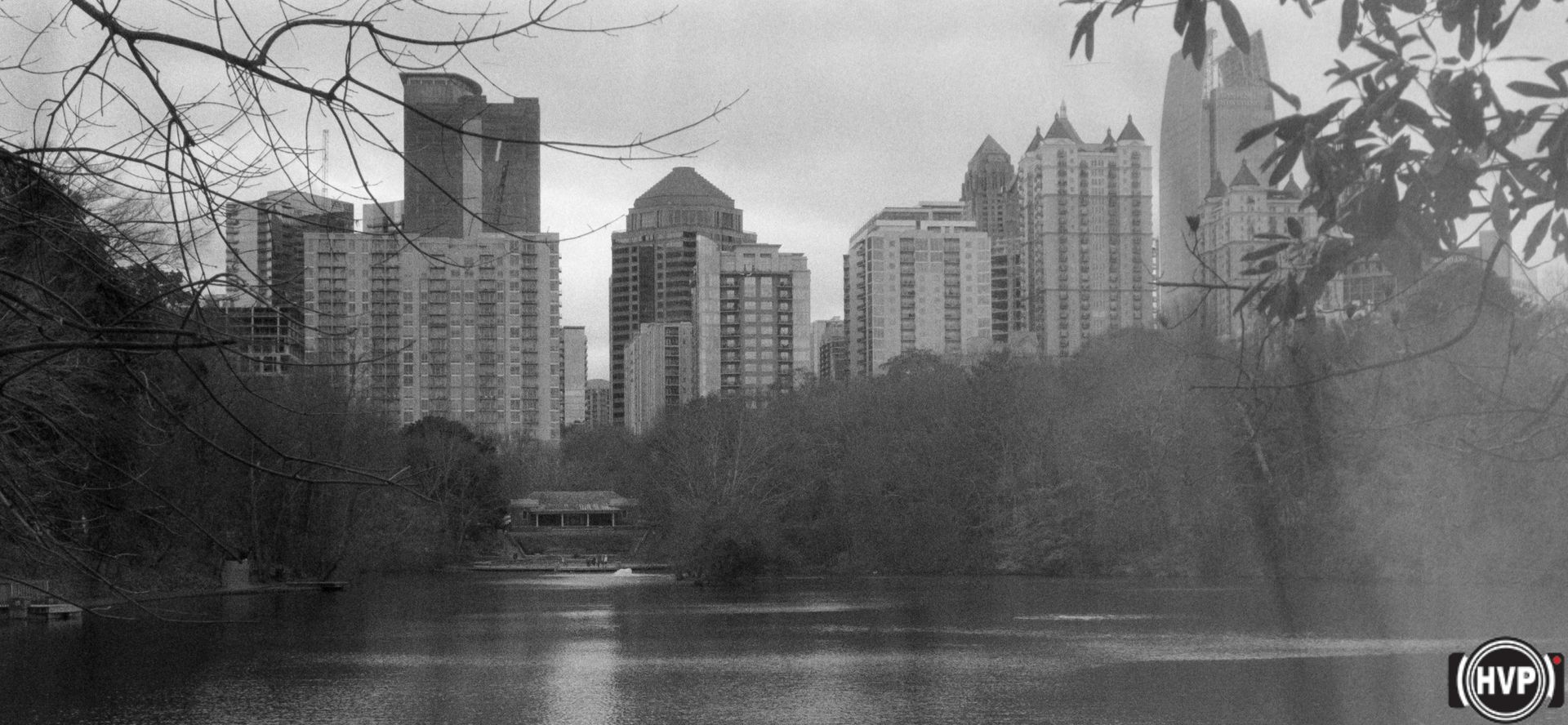Someone's in the kitchen
I love to cook. It's something that grew out of necessity when I was a kid (I was a really picky eater, which drove poor Mom crazy) to another creative outlet. I can save money and create healthy and tasty dishes. And yes, being able to cook is popular with the ladies.
Over the last year, I've started to bake my own artisan bread. I wasn't under lockdown anymore, so I can't say that it was a pandemic pastime. But I had just renovated my kitchen and was exploring areas of cooking that I hadn't tried in the past.
The practice of breadmaking, in my view, is akin to the practice of photography.
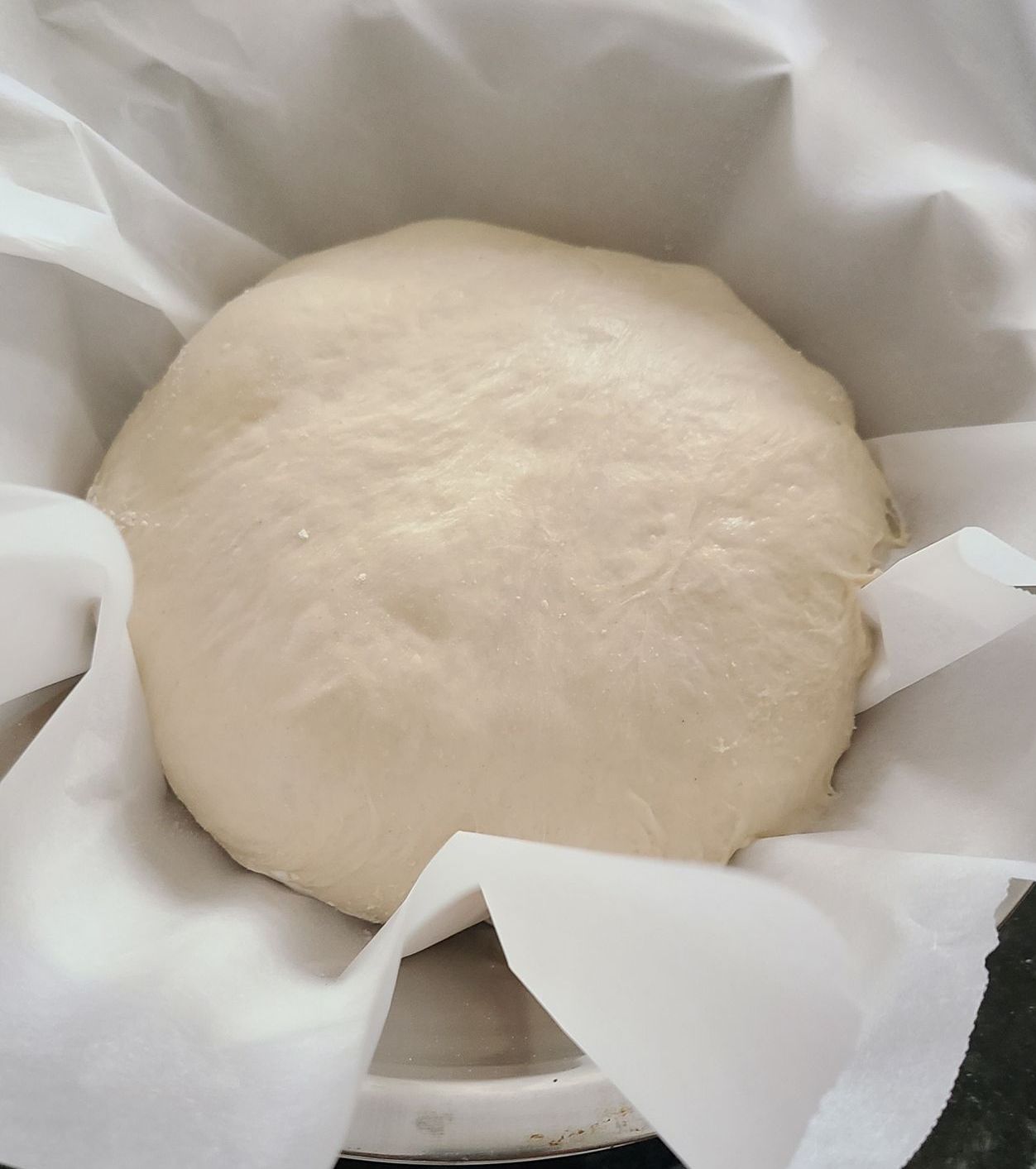
There is a precision element to the breadmaking. Consider the basic ingredients: the mass of flour, the volume, temperature, and purity of the water, and the type and quantity of yeast and salt. The quantity and quality of those ingredients determine the composition and quality of the dough. Then the dough has to proof, or rise, for an extended period of time. Then it is stretched, pulled, or kneaded, and then allowed to rest and rise some more. Finally it's baked in a high-temperature oven for a precise amount of time -- too little will result in a chewy or gummy interior, too much will harden the bread, if not burn it.
But there is also an artistic element to breadmaking. If the quantity of ingredients is adjusted, the dough quality will change. For how long should the bread proof? How much stretching and pulling should be applied to the dough? That gluten structure won't form by itself (okay, it will, but it's better to help the process along). What type of vessel do we use to bake the bread? At what temperature? And for how long -- covered and uncovered? The answers to these questions are a reflection of the choices and tradeoffs made by the breadmaker.
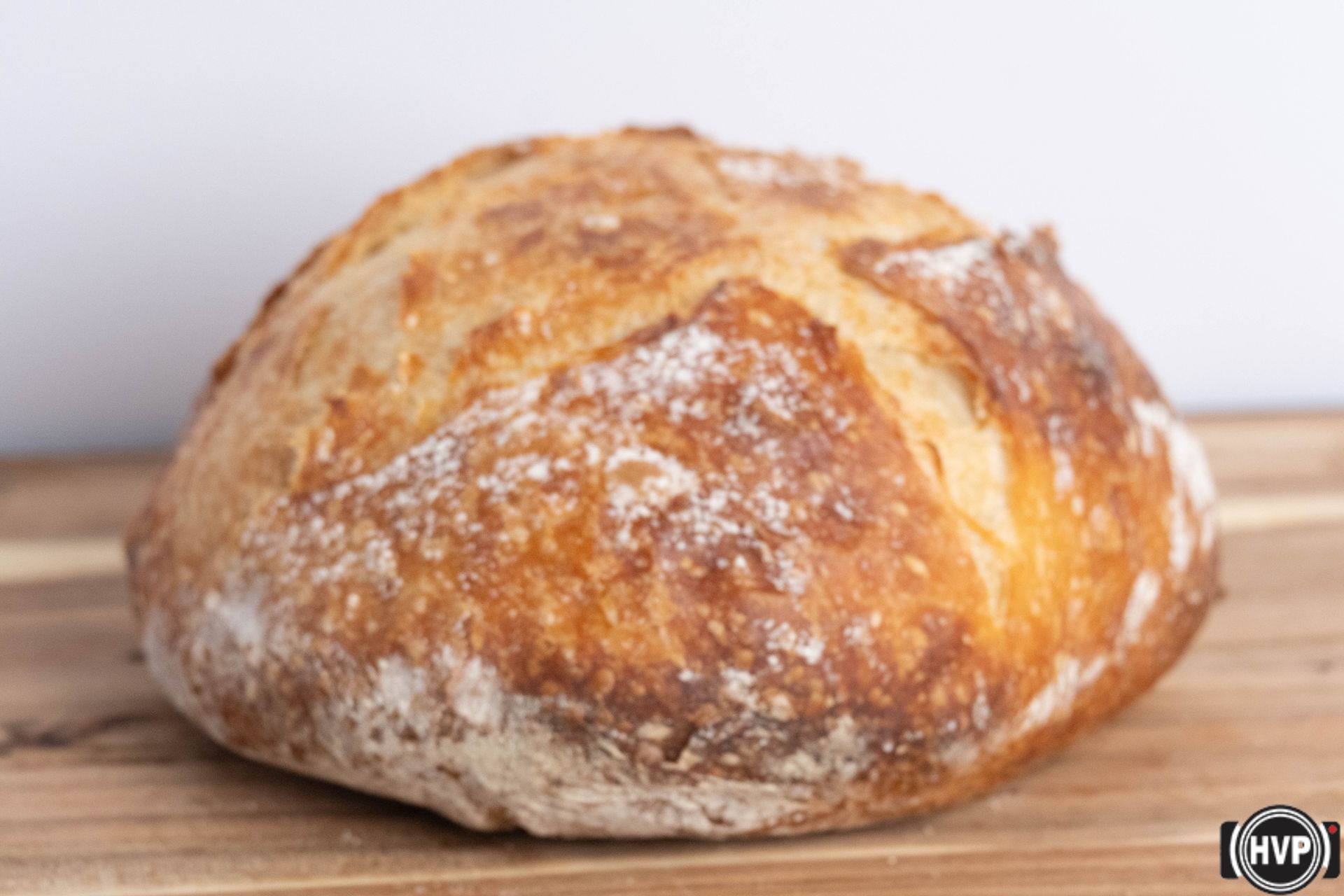
I don't eat bread all that often, and I've baked about seven or eight of my own loaves over the last year and a half, which admittedly doesn't sound like a lot. Every loaf is a learning experience.
This loaf is my best yet. I added more rounds of stretch-and-fold to the dough, and I made an effort into forming the dough into a tight ball (which the French call a boule). I have a greater appreciation of the importance of a strong gluten structure in the dough and a smooth tight boule. It shows up in the interior of the bread loaf, which is airier than my previous loaves. But it's still a little gummy, which means that I need to extend the covered baking time.
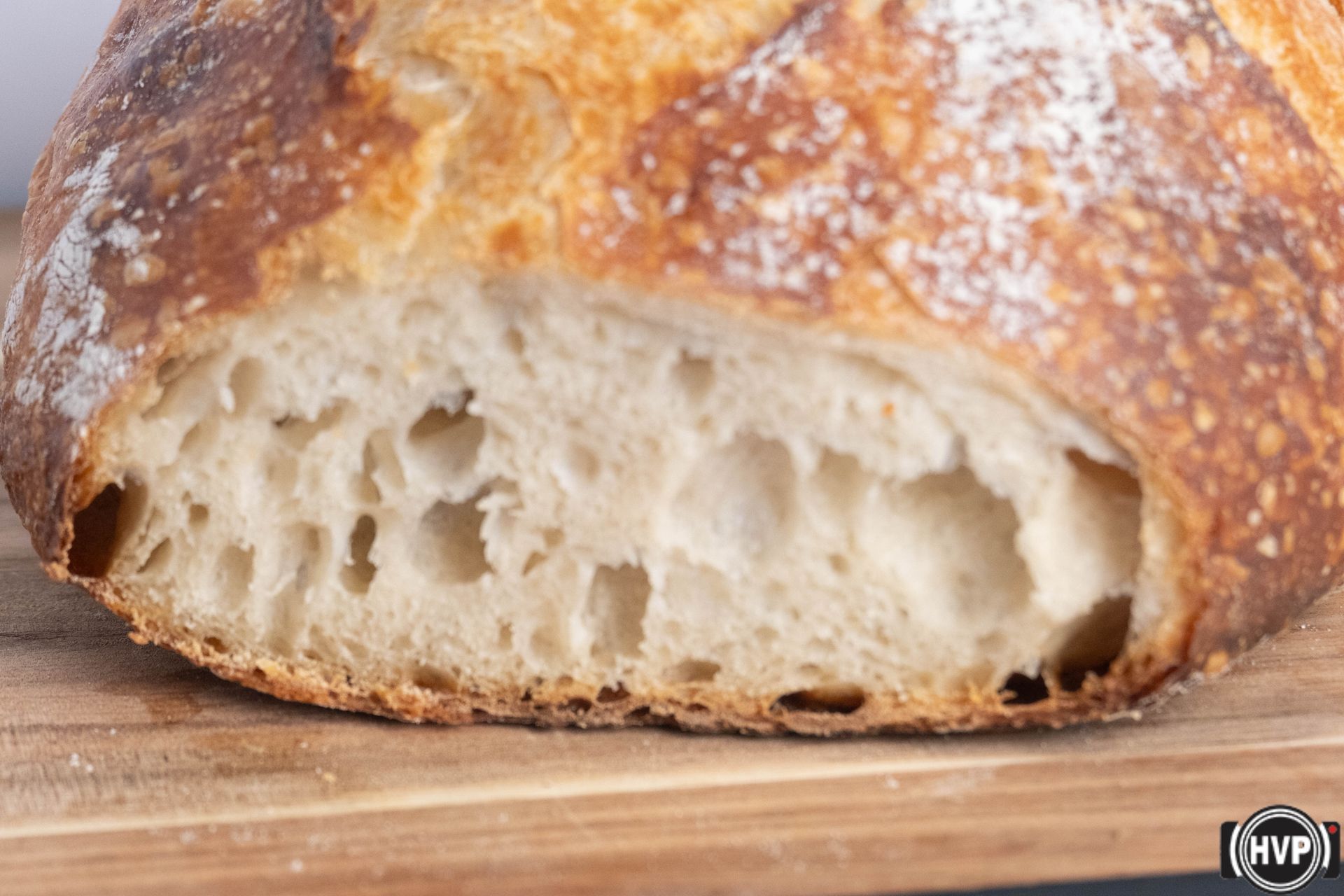
So, is it good bread? Yes it is -- at least to me. It's very tasty and goes well with butter, olive oil, or pasta sauces. And as long as that's the case, that's all that matters.
It's also quite photogenic:
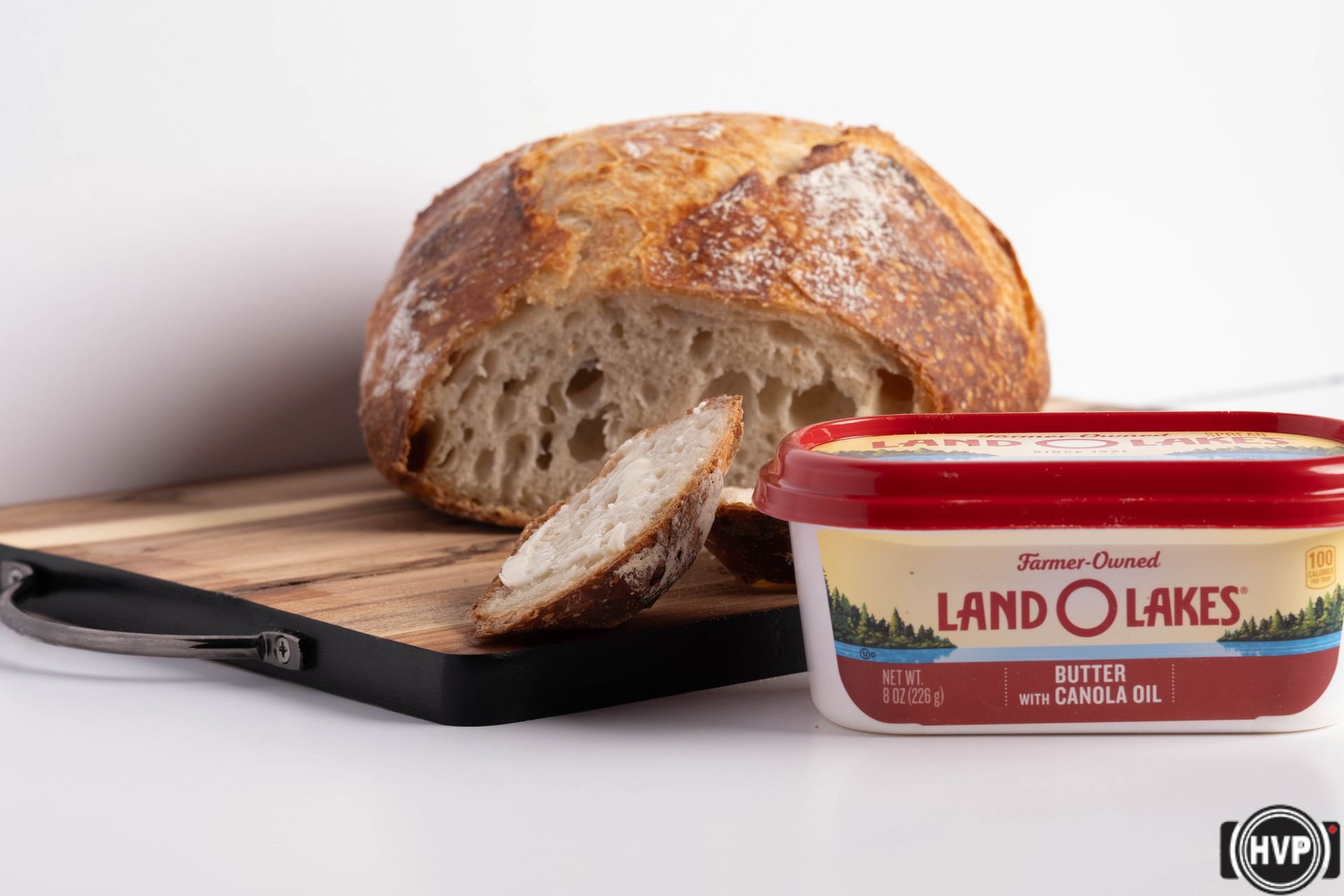
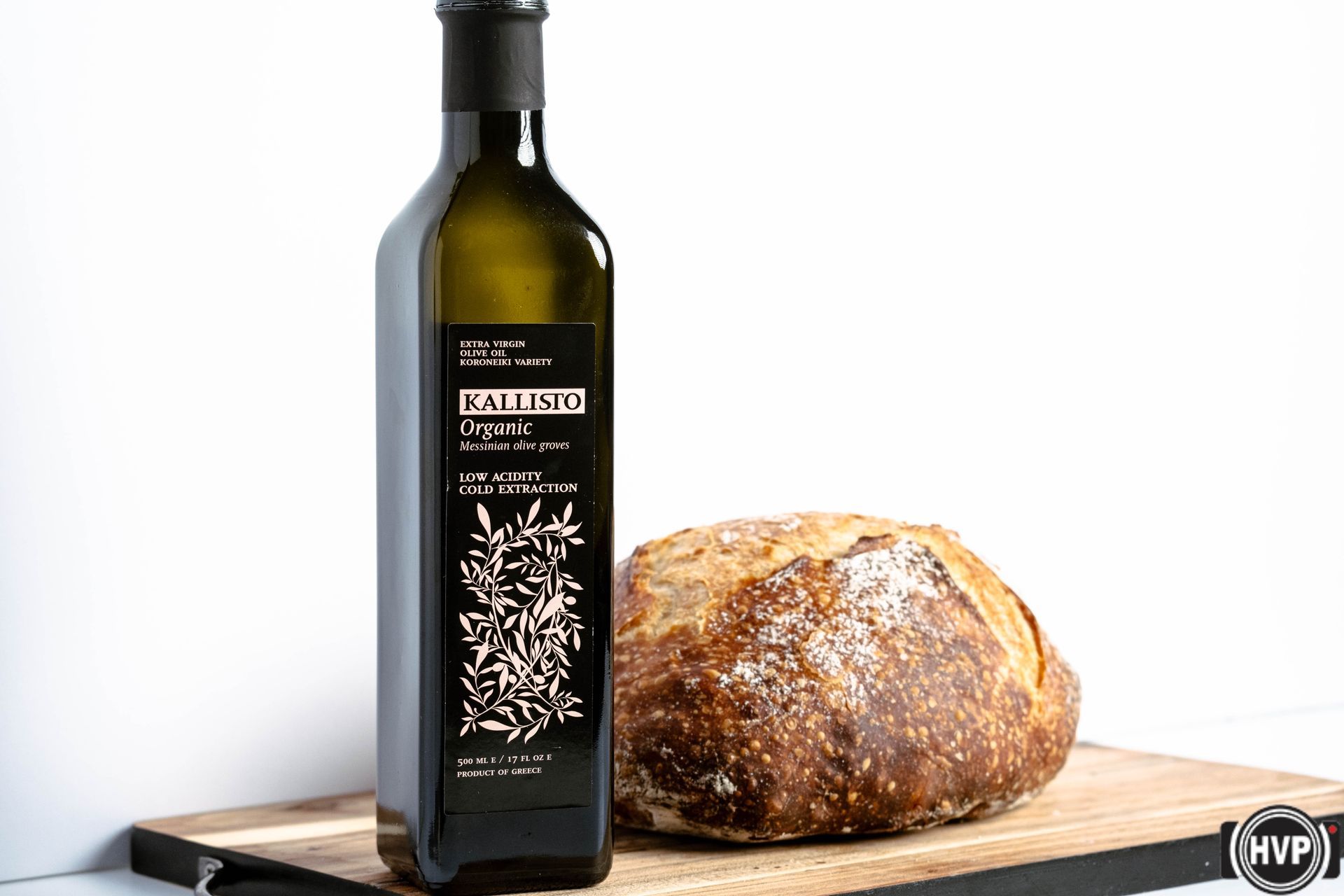
So breadmaking is precise, and it is art, but more than that, it is a practice. It improves by doing, testing, enjoying, assessing, and improving. Just like photography.
Share This Post With Your Social Networks



